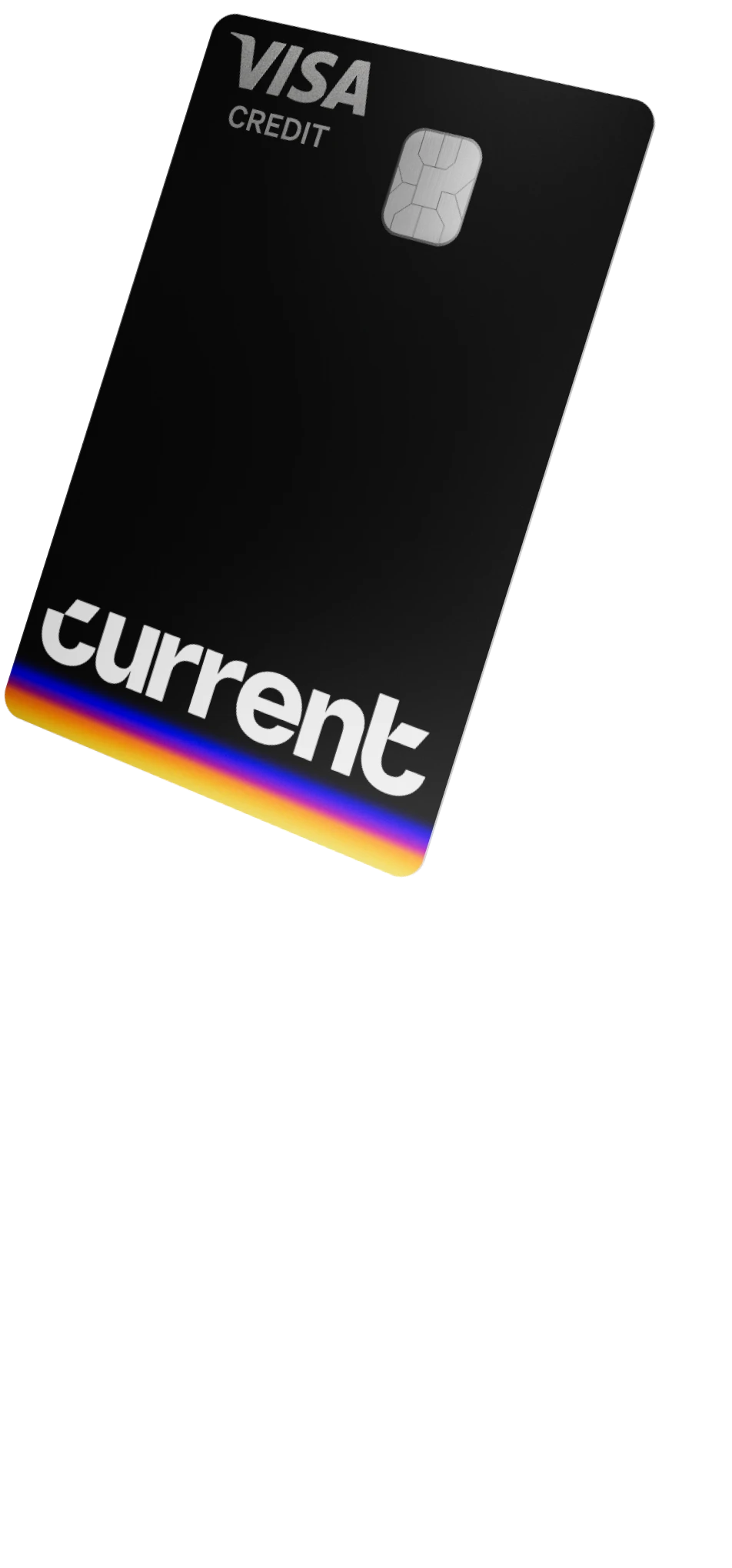5 Proven Ways To Stop Overspending and Reach Your Financial Goals

Overspending is spending more money than you earn, or even spending too much on one or two categories that can be minimized. This happens to everyone at some point in their life — but it’s a habit that can easily be changed with a few decisions.
The problem with overspending is that you will get a short-term reward, such as a fun night out with friends or a new outfit you’ve been eager to buy — but will eventually experience the negative ramifications of living beyond your means. In fact, a LendingTree survey indicated that nearly 40% of Americans overspend to impress others — and 77% of those reported they regretted doing so.
So along your financial journey, just remember that there are no two stories alike. Your story is your own, and there’s only one path to financial success: making more and spending less. But as you work to grow your income and career, here are five ways you can cut back on overspending today.
Create a zero-based budget
Imagine every single dollar you earn as one soldier in an army. If you give each soldier a job and they perform that job accurately, you should be left with zero soldiers without a job. That is the same concept with a zero-based budget.
With a zero-based budget, you list each of your monthly expenses down to the exact dollar. You start with your monthly net income at the top of the page and work your way down with necessary expenses like rent, food and gas. As you get to the bottom of the page and fill in expenses that are less necessary, you will begin to see where you can cut back. From there, you can focus on where you can cut back on your spending so you aren’t spending more than you bring in.
If you think a zero-based budget would help you to avoid overspending, you can download a template here.
Make it difficult to spend money
Spending money is extremely easy in the digital world we live in, and resisting temptation can be just as difficult. It’s less about the accessibility to products and services, and more about the accessibility of money through credit and debit cards.
So to help slow down your overspending habits, cut up your credit cards. They are an easy way to spend money you don’t have, so eliminating these from your wallet can help you slow down any overspending.
Additionally, consider consolidating your bank accounts into one place like Current. Having multiple debit cards can cause unneeded stress, as well as hinder efforts to track your spending in one concise place.
Find inexpensive or free ways to maintain your hobbies
Living on a budget can be limiting, but you shouldn’t be forced to not do the things you enjoy. Like anything else in life: when there’s a will, there’s a way.
For example, if you enjoy going out to eat, you can opt to download recipes online and cook at home. If you enjoy reading, visit your local library and rent your books for free rather than purchasing them. And instead of going out to bars and restaurants with friends, organize a friend's night where everyone brings their favorite dish.
- Find ways to increase your income
There’s one large fundamental issue with cutting back expenses: you can only cut back so much — especially during this time of high inflation. Hard costs like rent, utilities, and food can only be minimized so much. However, you can make an infinite amount of money. So instead of trying to minimize expenses to an extreme, take a bet on yourself and create new revenue streams.
Here are a few ideas to think about:
- Pick up a side hustle or part-time job
- Ask for a raise
- Move your savings account to Current which earns an industry-leading APY
- Start offering creatives services online to clients such as writing or graphic design
There are many studies that detail wealthy individuals. For the vast majority, they’ve become rich through multiple streams of income.
Create goals for yourself
Goal setting is a must if you want to accomplish significant financial milestones. But to set goals that work, they must have three components:
- Plausible: Is the goal feasible? Tripling your salary in one year may not be realistic.
- Timely: As you begin your financial journey, it’s best practice to make goals for the short term. Try goals for 1-6 months in length. Then you can continue building forward.
- Actionable: Can you begin working towards this goal today?
- “Plan-able”: Once you set the goal in your mind, can you create a plan today to get there?
Here are a few examples of goals related to overspending:
- Do not spend any money on unnecessary over the next three months.
- Limit spending on going out with friends to X per month for the next six months.
- Save 10-15% of my monthly net income in a high-yield savings account while reducing excessive spending by 20% over the next three months.
Some take a bit more aggressive approach by doing “no spend months” — where they don’t spend any money outside of necessary expenses.
The bottom line on overspending
We’ve all experienced getting off track on our financial goals, and sometimes maybe overindulging ourselves a bit — and that’s okay. Now that you’re ready to potentially redirect your energy and efforts into being more financially minded, there are simple things you can do today to get started.
And while the road ahead may be steep and daunting, you can change your financial picture with a few decisions that you can make today.
Current is a financial technology company, not a bank. Banking services provided by Choice Financial Group, Member FDIC.





